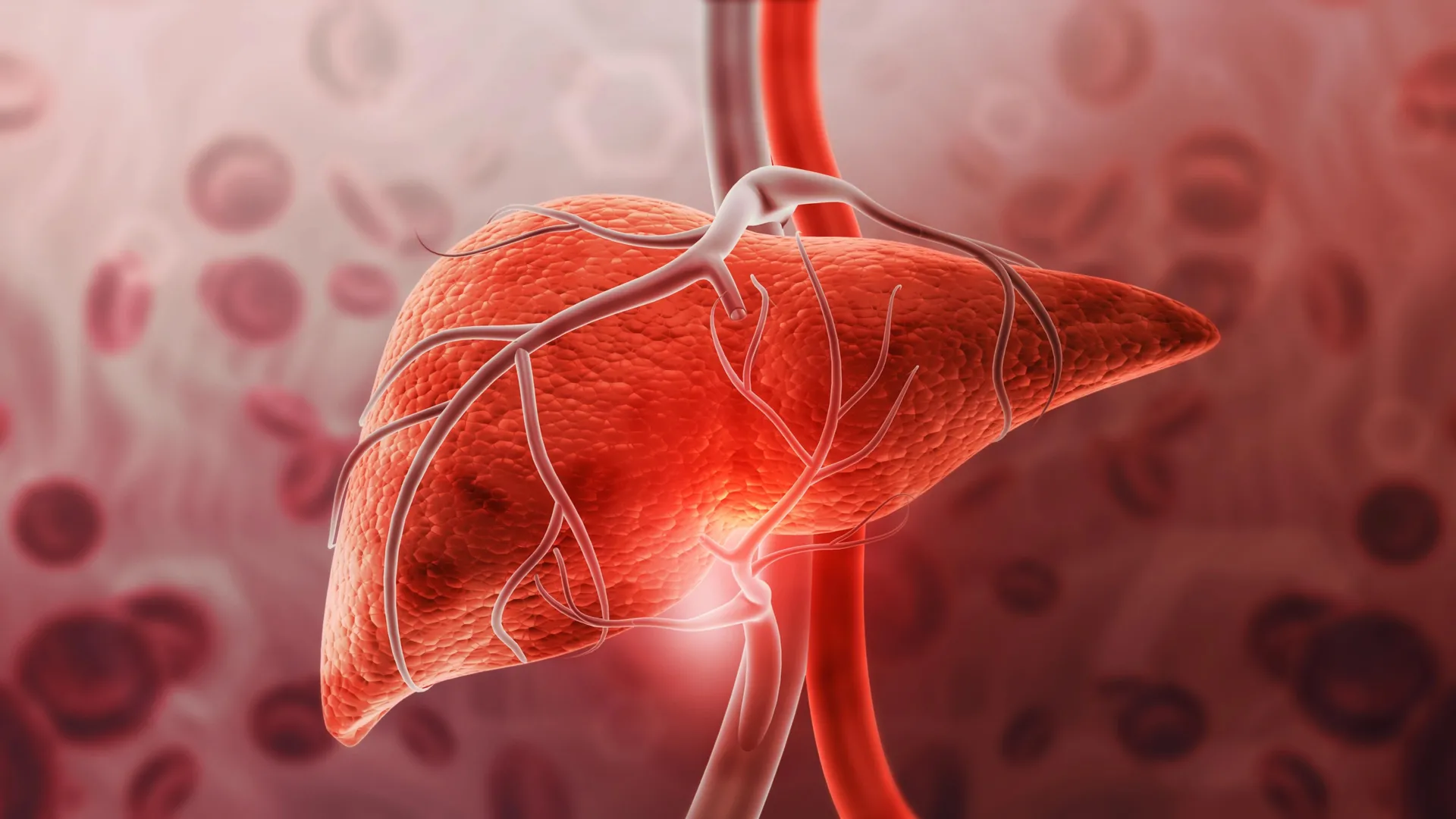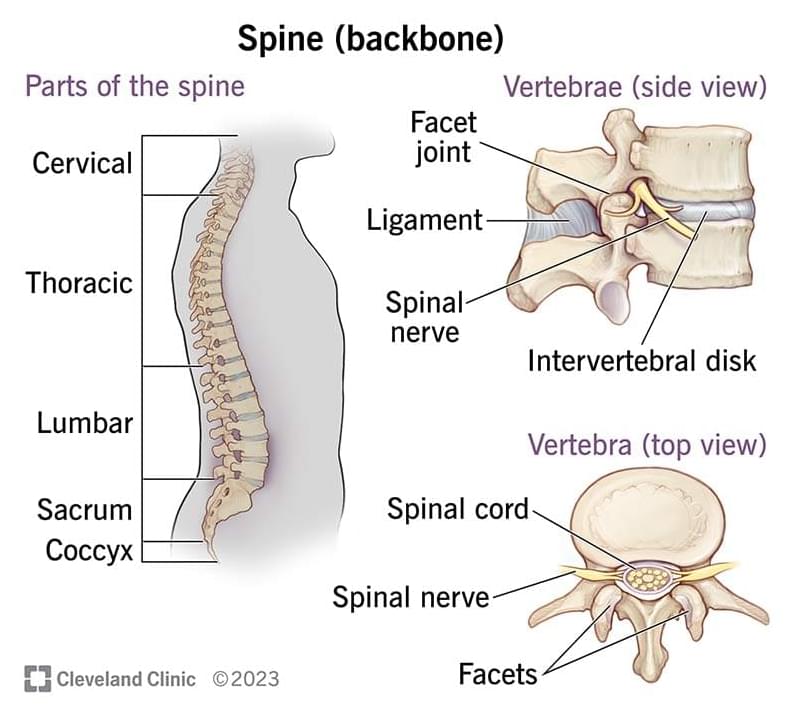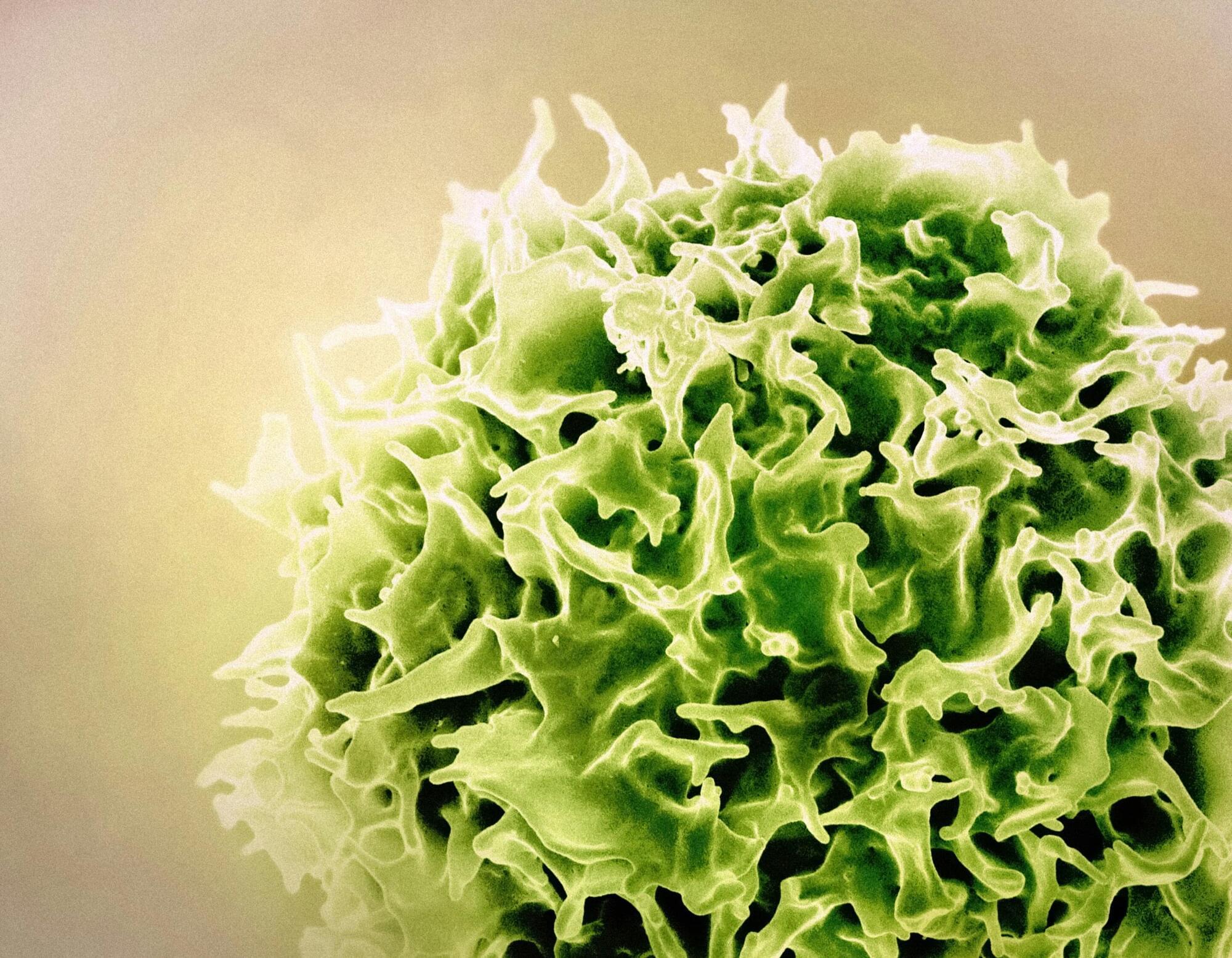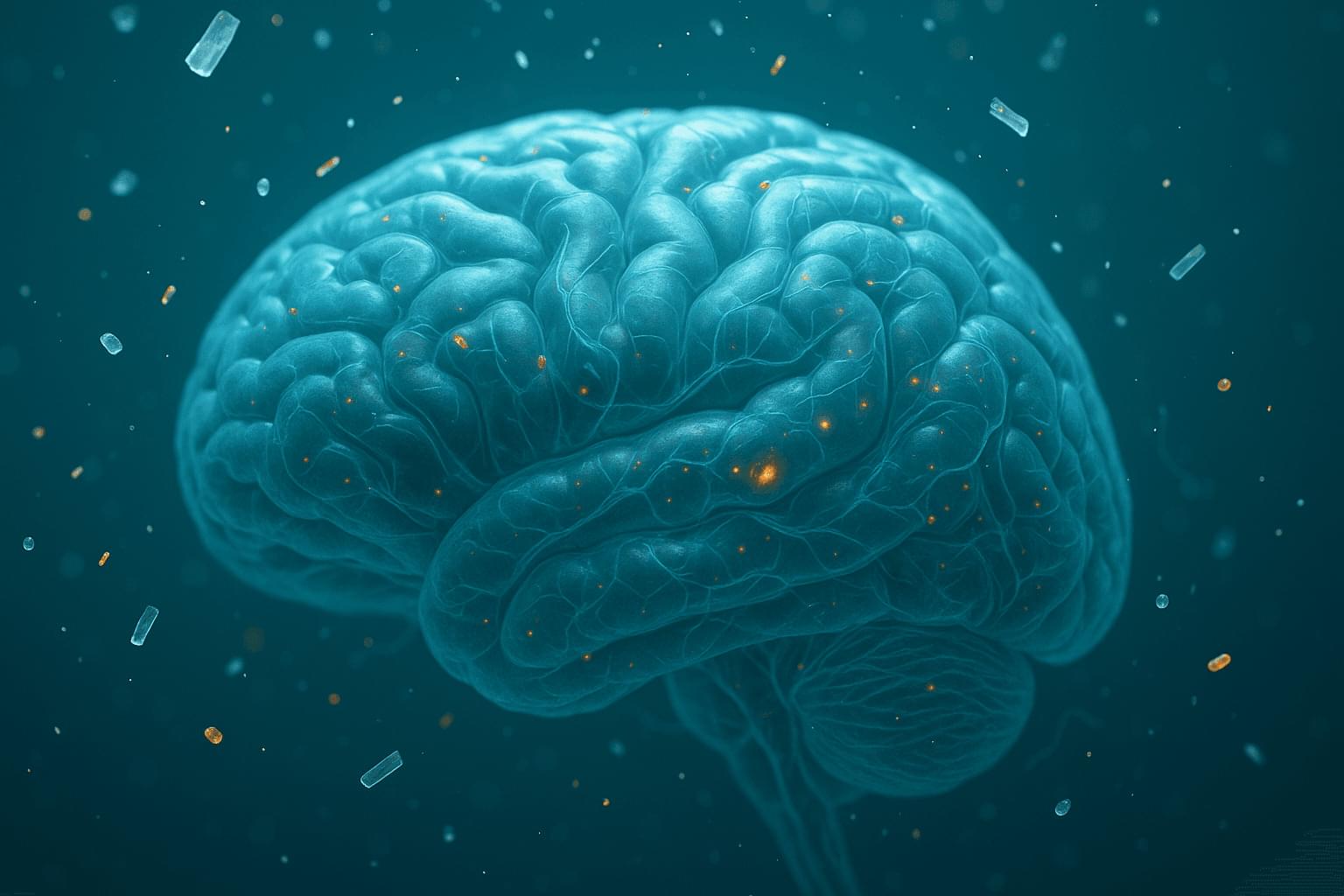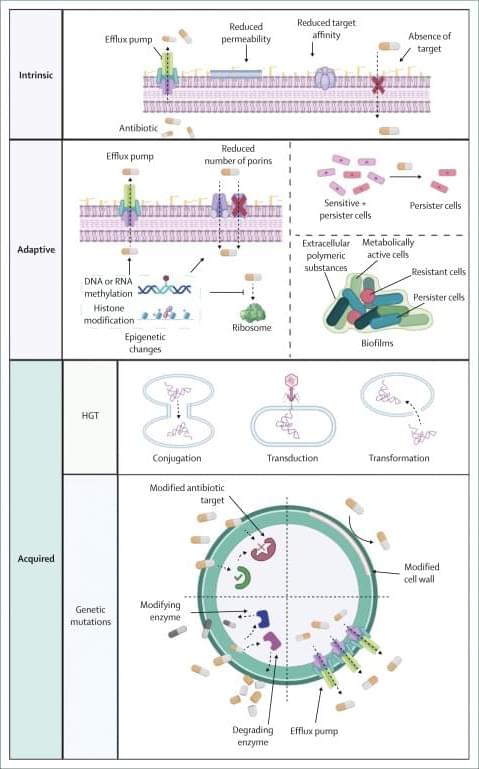Hay fever, also known as allergic rhinitis, is the condition responsible for seasonal allergies or allergic reactions to other environmental allergens, like dust mites and animal dander. Estimates vary, but somewhere around 10–30% of the population worldwide experiences hay fever at least occasionally. Symptoms include nasal congestion, headaches, itchy throat and ocular symptoms, like itchy eyes, tearing and redness. Ultimately, these symptoms disrupt daily activities and affect quality of life for hay fever sufferers.
While many medications are available to reduce symptoms, many people prefer to include preventative measures. A new study from Japan, published in Scientific Reports, describes a large-scale survey of hay fever sufferers, comparing those who use eye washing as a preventative measure. The study reports that those using eyewash experience improved symptoms.

